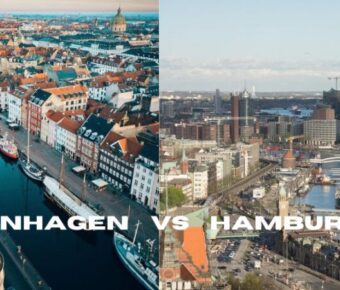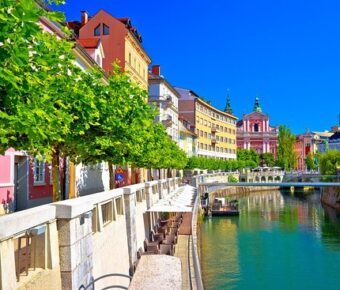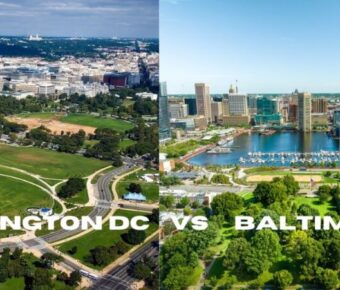
Marseille vs Avignon: Which Ancient French City Offers the Better Cultural Experience in 2025
Choosing between Marseille and Avignon can feel like picking between two very different sides of Provence. These iconic French cities each paint their own picture of life in the South of France.
Marseille offers a bustling coastal experience with its vibrant port, multicultural vibe, and sunny Mediterranean weather. Meanwhile, Avignon captures the essence of historic Provence with its medieval walls and papal legacy. The two cities sit just 60 miles apart but feel worlds away from each other.
Marseille brings energy and maritime charm with its colorful boats and fresh seafood markets. Avignon steps back in time with cobblestone streets and gothic architecture. The choice comes down to whether you want a lively seaside city or a walkable historic town filled with art and culture.
Table of Contents
- Historical Overview
- Marseille’s Rich Past
- Avignon’s Papal Legacy
- Geography and Accessibility
- Navigating Marseille
- Exploring Avignon
- Cultural Scene
- Arts and Museums in Marseille
- Avignon’s Theatrical Fame
- Culinary Delights
- Marseille’s Cuisine
- Dining in Avignon
- Accommodation and Stay
- Hotels in Marseille
- Staying in Avignon
- Shopping and Markets
- Market Life in Marseille
- Unique Finds in Avignon
- Outdoor Activities
- Exploring the Calanques
- The Serenity of Avignon’s Gardens
- Day Trips and Surroundings
- Venturing from Marseille
- Avignon’s Nearby Attractions
- Frequently Asked Questions
- What distinguishes Avignon’s historical sites from those found in Marseille?
- Can you recommend the top cultural experiences in Marseille for a first-time visitor?
- What unique culinary experiences does Avignon offer compared to other Provençal cities?
- How do the artistic scenes in Marseille and Avignon differ?
- In terms of historical significance, how does the role of Avignon compare to that of Marseille throughout French history?
- What scenic routes or stops should you consider when traveling between Marseille and Avignon?
- Book Your Dream Experience
- More Travel Guides
Historical Overview
Both Marseille and Avignon played vital roles in shaping French history, from ancient Greek settlements to medieval papal power centers.
Marseille’s Rich Past
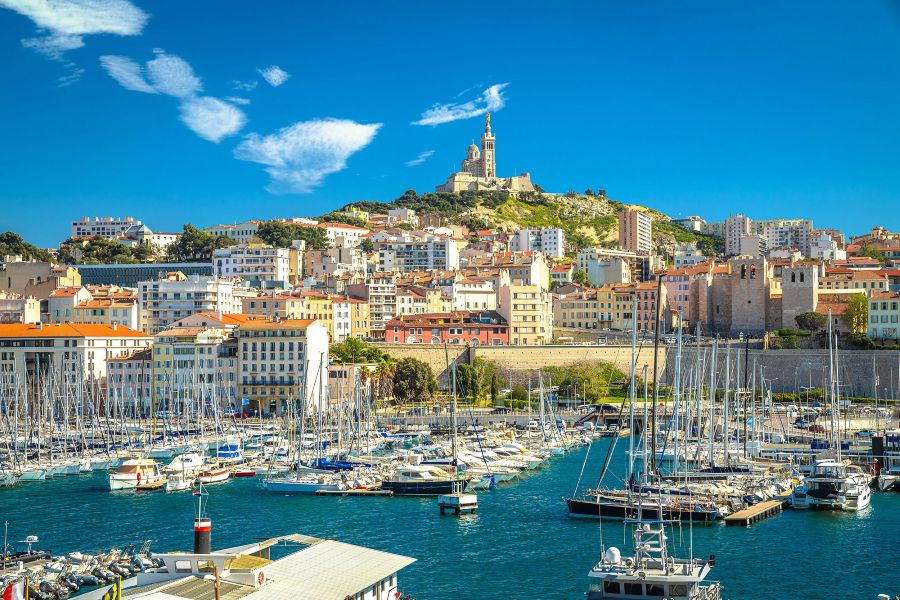
Greek settlers from Phocaea founded Massilia (modern-day Marseille) in 600 BC, making it France’s oldest city. The bustling port quickly became a major Mediterranean trading hub.
The city’s strategic location helped it grow into one of the most important ports in the Roman Empire. Ancient ruins scattered throughout the Vieux-Port (Old Port) area show traces of this Roman influence.
Trade routes connected Marseille to distant lands, bringing diverse cultures and traditions that still shape the city’s character today. The port remains France’s largest commercial harbor.
Avignon’s Papal Legacy
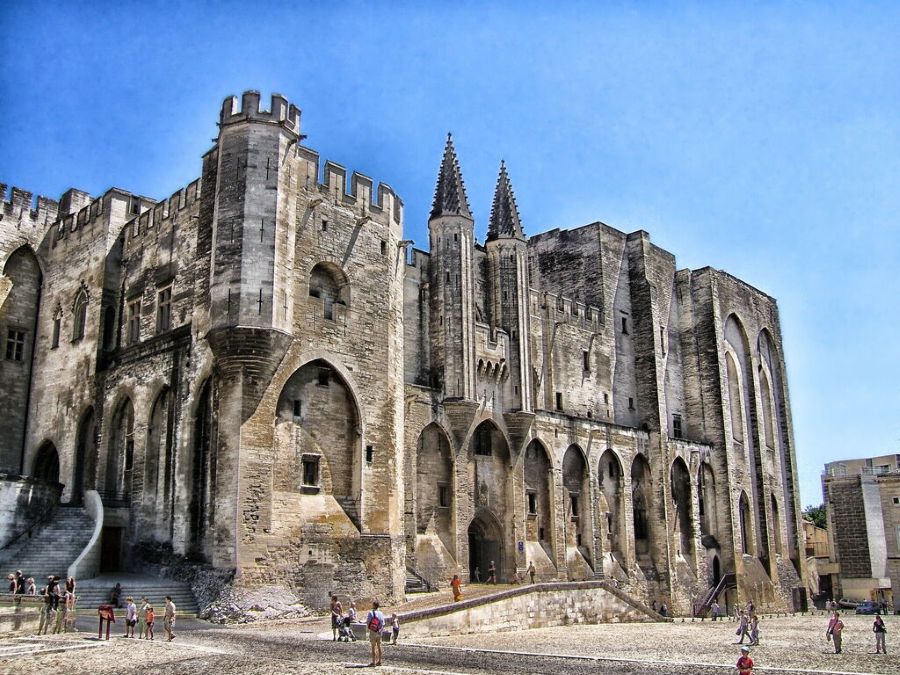
Avignon’s golden age began in 1309 when Pope Clement V moved the papal court from Rome. Seven popes ruled from this French city over the next 70 years.
The massive Palais des Papes (Pope’s Palace) stands as Europe’s largest Gothic building. This UNESCO World Heritage site showcases the city’s powerful medieval influence.
The Saint-Bénézet Bridge, built in 1185, connected Avignon to important trade routes. Though partially destroyed by floods, the famous Pont d’Avignon remains an iconic symbol.
Greek merchants from Marseille helped establish early trade links with Avignon in the 4th century BC, creating lasting commercial partnerships between the two cities.
Geography and Accessibility
Both cities sit in beautiful parts of southern France with unique geographical features that shape how visitors get around. Marseille spreads along the Mediterranean coast while Avignon nestles inland along the Rhône River.
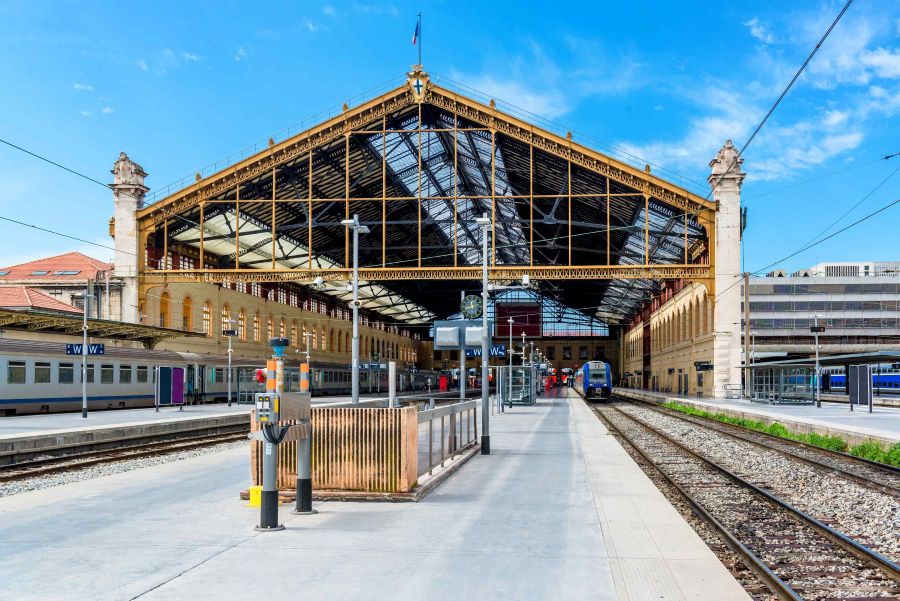
France’s second-largest city hugs the Mediterranean coastline with its busy port and beaches. The main hub, Marseille Saint-Charles train station, connects the city to Paris and other major destinations through high-speed TGV trains.
The city’s metro system makes getting around simple. 28 of the 29 metro stations work well for wheelchair users. Many buses also have ramps and dedicated spaces.
Marseille Provence Airport sits about 27 km from the city center. Regular shuttle buses and taxis make the trip between the airport and downtown in about 25 minutes.
Exploring Avignon
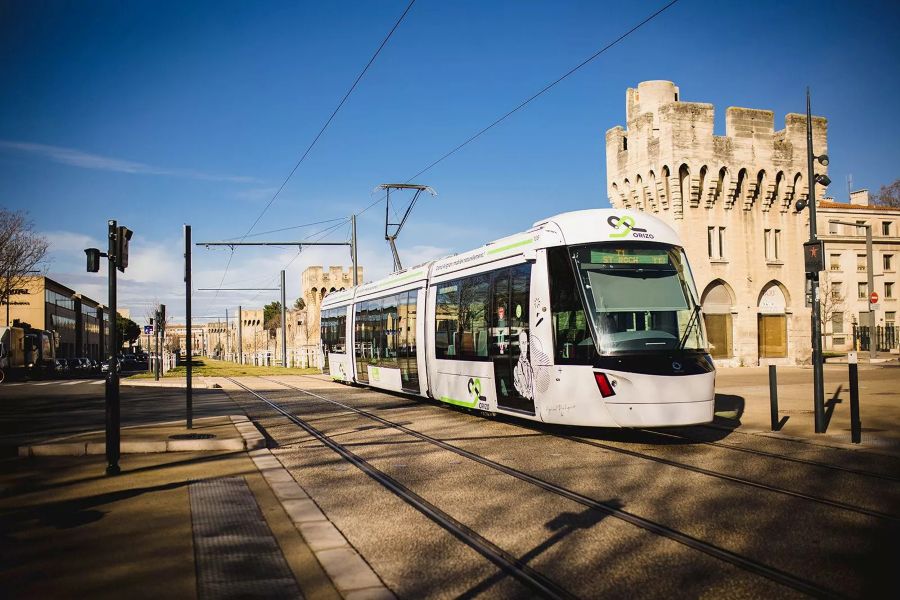
Avignon’s historic center sits inside medieval ramparts next to the Rhône River. The compact size makes it perfect for walking tours and easy navigation.
The TGV station lies outside the city walls but connects smoothly to the center via buses and taxis. Trains run regularly to Paris, Marseille, and other French cities.
The local bus network covers most tourist spots. While some old streets have cobblestones that can be tricky, many main areas now have smooth paths for better access.
Most key attractions cluster within a 15-minute walk of each other. The flat terrain in the city center helps visitors explore with less effort.
Cultural Scene
Marseille and Avignon offer distinct cultural experiences that showcase the best of Provençal arts. Both cities pulse with creative energy, though they express it in unique ways.
Arts and Museums in Marseille
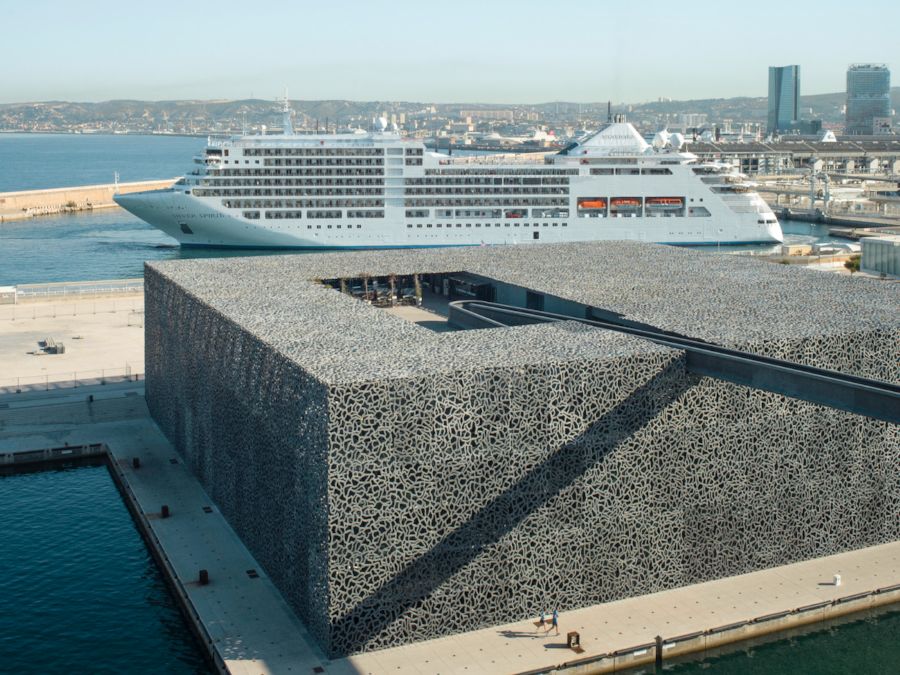
The MuCEM (Museum of European and Mediterranean Civilizations) stands as Marseille’s crown jewel. Its striking modern architecture creates a perfect backdrop for exhibits about Mediterranean culture.
The La Vieille Charité, a former almshouse, now hosts rotating art exhibitions in its stunning baroque chapel. The building itself is worth seeing for its unique architecture alone.
Street art brings color to Marseille’s Le Panier district. Local artists transform walls into canvases, telling stories of the city’s multicultural identity.
The Cantini Museum displays an impressive collection of modern art. Its focus on 20th-century works makes it a must-visit for art lovers.
Avignon’s Theatrical Fame
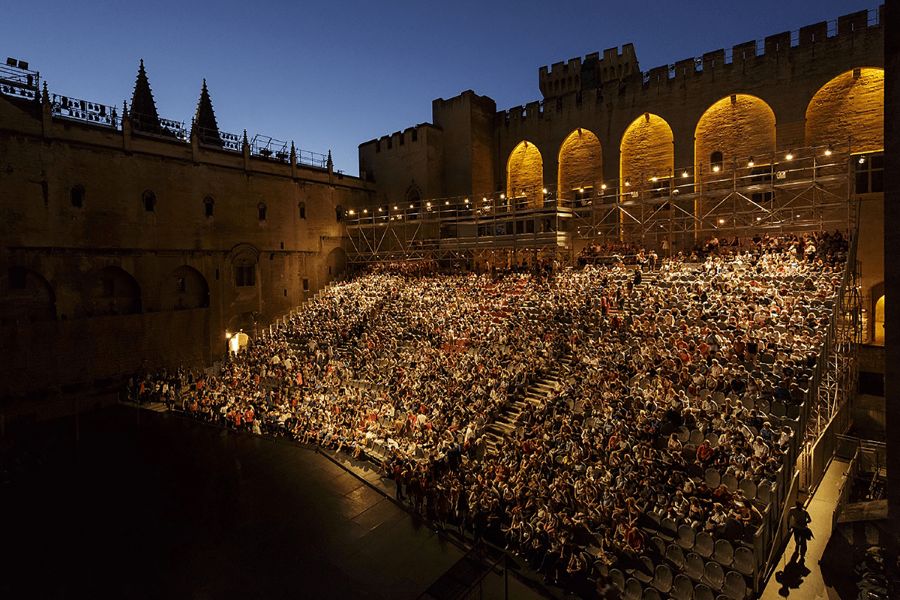
The Festival d’Avignon transforms the city each July. As France’s largest performing arts festival, it brings over 1,000 shows to venues across town.
The Palais des Papes becomes a magical stage during festival season. Its courtyard hosts performances under the stars, creating unforgettable theatrical moments.
Year-round, small theaters dot the city’s medieval streets. These intimate venues keep Avignon’s performing arts scene alive even outside festival season.
Local theater companies offer performances in both French and English. This makes Avignon’s rich theatrical tradition accessible to international visitors.
Culinary Delights
Both cities shine with their distinct flavors and cooking styles, rooted in centuries-old Provençal traditions. The local markets, seasonal ingredients, and passionate chefs create memorable dining experiences unique to each destination.
Marseille’s Cuisine

The city’s signature dish, bouillabaisse, stands out as a must-try seafood stew packed with fresh catches from the Mediterranean. Local fishermen bring their daily catch to the Old Port, where restaurants transform it into amazing meals.
The bustling Noailles Market offers spices, oils, and ingredients from North Africa and the Middle East that reflect Marseille’s multicultural spirit.
Try the crispy pizza-like pissaladière topped with caramelized onions and anchovies. The city’s cafes serve delicious panisse, crispy chickpea fritters perfect with an afternoon pastis.
Dining in Avignon
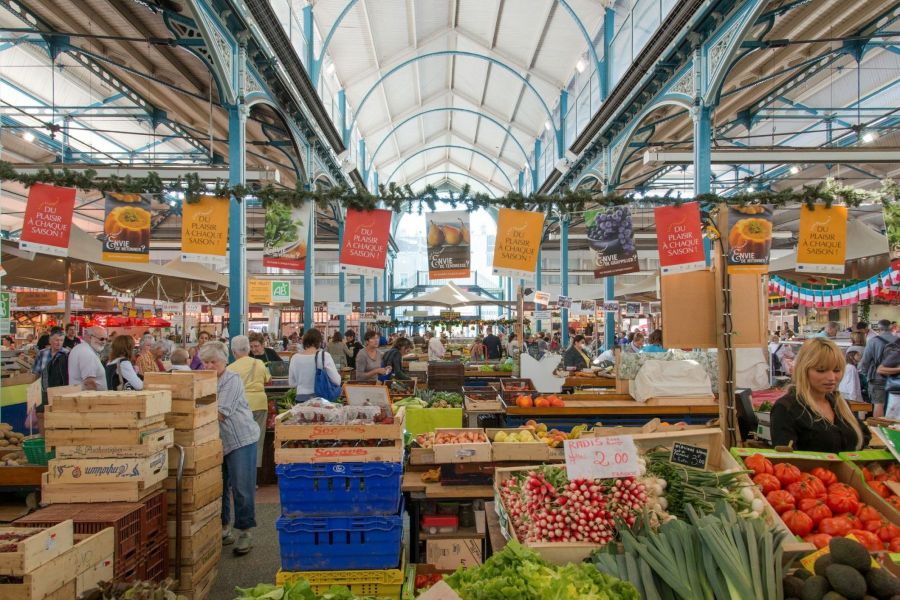
The restaurants near Place de l’Horloge serve classic Provençal dishes like ratatouille and daube, a rich beef stew cooked in local wine. Small bistros tuck into narrow medieval streets, offering intimate dining spots.
Les Halles market buzzes with vendors selling regional cheeses, fresh produce, and aromatic herbs. Food lovers can sample local specialties like tapenade and brandade.
The nearby Châteauneuf-du-Pape vineyards produce world-famous wines. Many restaurants pair these wines with seasonal menus that change based on what’s fresh at the market.
La rue des Teinturiers features charming cafes where you can try traditional desserts like papelines – chocolate treats filled with herbs.
Accommodation and Stay
Both cities provide diverse lodging options that match different budgets and travel styles. From luxury hotels to cozy guesthouses, travelers can find comfortable places to rest.
Hotels in Marseille
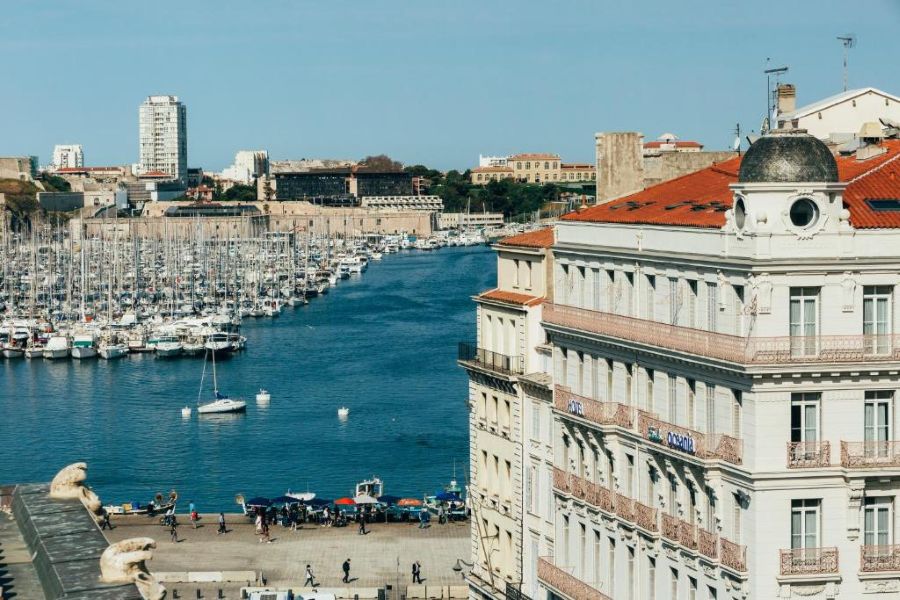
The Sofitel Marseille Vieux-Port stands out as a premier choice with stunning harbor views. Guests enjoy top-notch service and elegant rooms that reflect the city’s maritime charm.
The Escale Oceania sits near the Old Port area. Its location makes it perfect for exploring the bustling waterfront and local attractions.
Many hotels in Marseille cluster around the Vieux Port district. This area puts visitors close to restaurants, shops, and main tourist spots.
Room prices vary based on season and location. Summer months see higher rates due to increased tourism.
Staying in Avignon

Avignon offers charming boutique hotels within its medieval walls. These historic buildings blend modern comfort with authentic French character.
The city center hosts numerous family-run guesthouses. Their intimate atmosphere gives travelers a taste of local life.
Most accommodations sit near the Papal Palace. This central spot makes sightseeing easy and convenient.
Rooms tend to book quickly during the July arts festival. Smart travelers reserve several months ahead for this busy period.
Hotel prices in Avignon often run lower than Marseille. The smaller city size and less tourist traffic help keep costs down.
Shopping and Markets
Both cities offer distinct shopping experiences, from the bustling markets of Marseille to the charming boutiques of Avignon’s walled city center. Each destination brings its own flavor to retail therapy and local commerce.
Market Life in Marseille
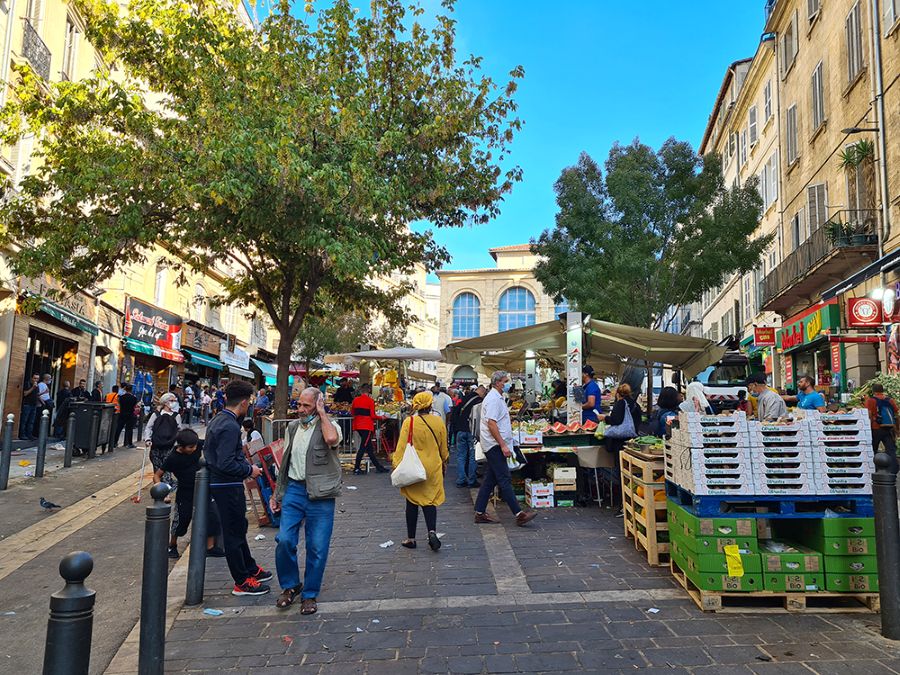
The Marché de Noailles stands out as Marseille’s most vibrant market. Located in the heart of the city, this North African-inspired bazaar fills with spices, fresh produce, and local delicacies.
Le Panier neighborhood mixes shopping with history. Small artisan shops dot the narrow streets, selling handmade soaps, ceramics, and local crafts. The area comes alive on weekends when artists display their work.
The Fish Market at the Old Port opens early each morning. Fishermen sell their fresh catch directly from their boats, creating a lively atmosphere unique to Marseille’s maritime culture.
Unique Finds in Avignon

The Les Halles covered market showcases Provence’s finest local products. Vendors arrange colorful displays of cheeses, olives, wines, and seasonal vegetables six days a week.
Rue de la République serves as Avignon’s main shopping street. Designer boutiques and French fashion brands line this pedestrian-friendly avenue.
The city’s antique shops cluster around Place de l’Horloge. These stores offer vintage Provençal furniture, old prints, and rare collectibles that reflect the region’s rich history.
Small wine shops near the Papal Palace stock bottles from nearby Châteauneuf-du-Pape and other local vineyards. Many offer tastings and expert advice on regional wines.
Outdoor Activities
Both cities offer distinct outdoor experiences, from dramatic coastal cliffs to peaceful gardens nestled within ancient walls. Active travelers will find unique ways to connect with nature in these contrasting Provençal settings.
Exploring the Calanques

The limestone cliffs of Marseille’s Calanques create a stunning playground for outdoor enthusiasts. These white-rock formations stretch along the Mediterranean coast, forming hidden coves and secluded beaches.
Hiking trails wind through the Calanques National Park, ranging from easy walks to challenging climbs. The most popular route leads to Calanque de Sugiton, offering breathtaking views of turquoise waters below.
Kayaking tours let visitors explore hidden caves and inlets unreachable by foot. Spring brings perfect weather for these adventures, with 245 hours of sunshine and mild temperatures.
The Serenity of Avignon’s Gardens
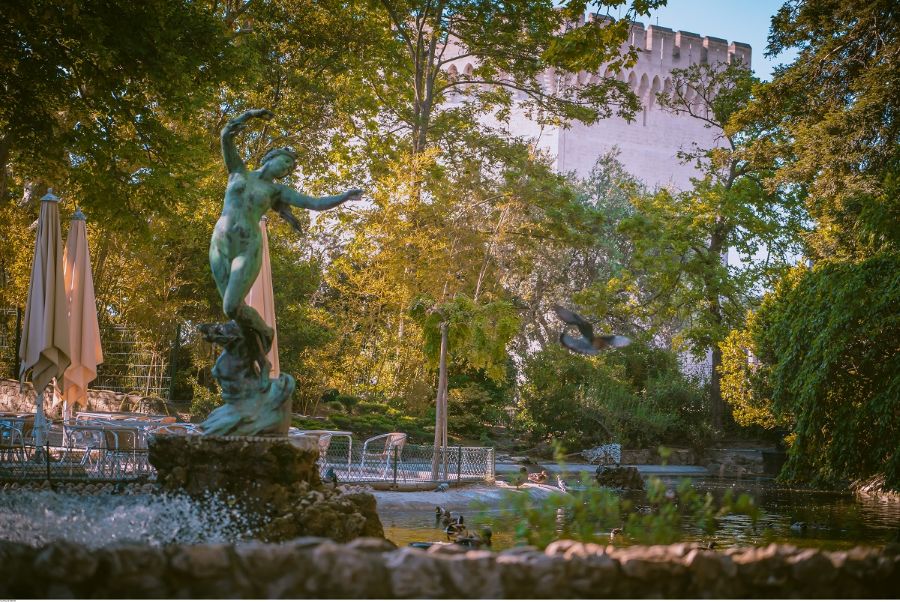
Avignon’s historic walls embrace several peaceful gardens where visitors can escape the bustle of city life. The Rocher des Doms garden sits atop a hill, providing panoramic views of the Rhône River and surrounding countryside.
Walking paths connect the city’s green spaces to architectural treasures like the Pont du Gard. These routes blend nature with history, passing medieval walls and ancient fountains.
The gardens come alive in spring, when flowers bloom and trees create natural shade. With 218 hours of sunshine, it’s an ideal time to explore these tranquil spots.
Day Trips and Surroundings
Both cities serve as excellent bases for exploring the stunning Provence region, with easy access to historic towns, Roman ruins, and natural wonders within a short drive or train ride.
Venturing from Marseille
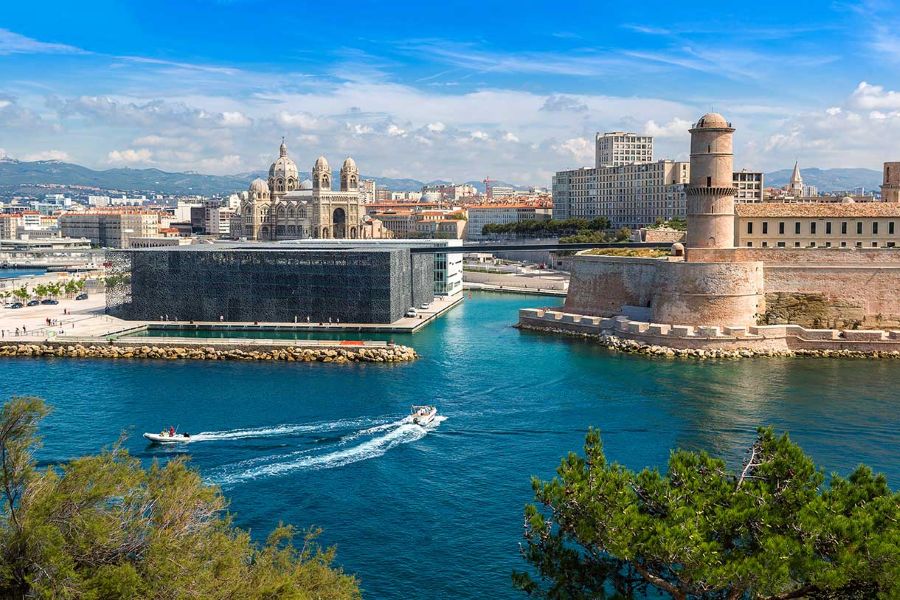
Many visitors take guided tours of Aix-en-Provence from Marseille to admire its elegant boulevards and fountains. The trip takes just 30 minutes by train.
Book a day trip to explore the ancient Roman city of Arles, famous for inspiring Van Gogh’s paintings. The journey takes about 1 hour by train.
The charming fishing village of Cassis lies just 30 minutes away. Its colorful port and dramatic limestone cliffs make it perfect for a half-day escape.
Nîmes attracts visitors with its remarkably preserved Roman amphitheater and the Maison Carrée temple. The city is accessible in 1.5 hours by direct train.
Avignon’s Nearby Attractions
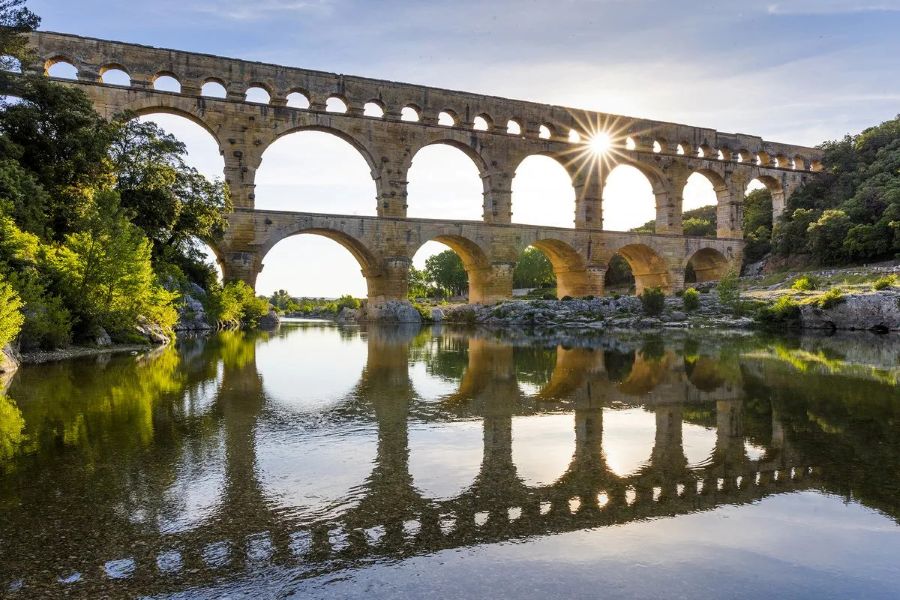
The famous Pont du Gard aqueduct stands just 30 minutes from Avignon. This UNESCO site ranks among France’s most impressive Roman monuments.
Small medieval villages dot the countryside around Avignon. Villeneuve-lès-Avignon sits right across the Rhône River, offering fantastic views of the Papal Palace.
Wine enthusiasts can visit the renowned Châteauneuf-du-Pape vineyards, located 20 minutes north. Many local operators run wine-tasting excursions to the region’s top estates.
The Luberon Valley’s picturesque hill towns like Gordes and Roussillon make perfect day trips. These villages showcase authentic Provençal charm with their weekly markets and stone houses.
Frequently Asked Questions
Both Marseille and Avignon offer rich cultural heritage, stunning architecture, and vibrant local scenes that draw millions of visitors each year. These two cities showcase different aspects of Provençal life, from coastal charm to medieval grandeur.
What distinguishes Avignon’s historical sites from those found in Marseille?
The Papal Palace is Avignon’s main attraction. A massive Gothic fortress, it served as the seat of Western Christianity in the 14th century. The city’s preserved medieval ramparts encircle its historic center.
Marseille’s landmarks reflect its maritime history, with the Notre-Dame de la Garde basilica watching over the Old Port. The city’s ancient Fort Saint-Jean and Fort Saint-Nicolas protected the harbor for centuries.
Can you recommend the top cultural experiences in Marseille for a first-time visitor?
A visit to Le Panier, Marseille’s oldest quarter, lets you explore narrow streets filled with artisan shops and colorful street art. The MUCEM museum showcases Mediterranean civilizations through interactive exhibits.
Taking a boat trip to the Calanques offers stunning views of limestone cliffs and hidden coves. The Vieux-Port fish market gives visitors a taste of local life each morning.
What unique culinary experiences does Avignon offer compared to other Provençal cities?
Avignon’s Les Halles market features local producers selling regional specialties like truffles and olive oils. The city’s restaurants specialize in traditional Provençal dishes with a focus on fresh produce from nearby farms.
Small wine bars offer tastings from the Rhône Valley vineyards. Local chefs often create modern twists on classic recipes using seasonal ingredients.
How do the artistic scenes in Marseille and Avignon differ?
Avignon transforms into a massive performing arts venue during its famous summer festival. Street performers and theater groups fill the medieval squares and courtyards.
Marseille’s art scene centers around contemporary galleries in the Cours Julien area. The city’s street art movement brings color to urban spaces, while modern art museums showcase international works.
In terms of historical significance, how does the role of Avignon compare to that of Marseille throughout French history?
Avignon gained prominence as the papal residence from 1309 to 1377, earning its nickname “City of Popes.” This period brought wealth, architecture, and religious influence that shaped the city’s identity.
Marseille’s history spans 2,600 years as France’s oldest city. Its port served as a crucial trading hub connecting France to the Mediterranean world since Greek times.
What scenic routes or stops should you consider when traveling between Marseille and Avignon?
The train ride between cities passes through beautiful Provençal landscapes dotted with vineyards and olive groves. Stops in Arles reveal Roman ruins and Van Gogh’s painting sites.
The route through Aix-en-Provence offers chances to explore elegant boulevards and Cézanne’s studio. Small villages like Saint-Rémy-de-Provence showcase local markets and lavender fields in season.
